
|
The modern military aircraft carrier is a formidable war machine. It is essentially a mobile airbase, capable of deploying a country’s aerial force anywhere around the globe, regardless of distance from its home country. These incredible machines can measure up to 333 meters (1,093ft) in length, and weight upwards of 106,300 metric tons. The largest carriers can carry as many as 90 airplanes and helicopters, with a full complementary crew of 3,200 seamen and another 2,480 airmen. This article will show you the history of the aircraft carrier, from its humble beginnings to the mighty Supercarriers of today. You can click on a picture to see a larger version |
|
The History of Aircraft Carriers |
|
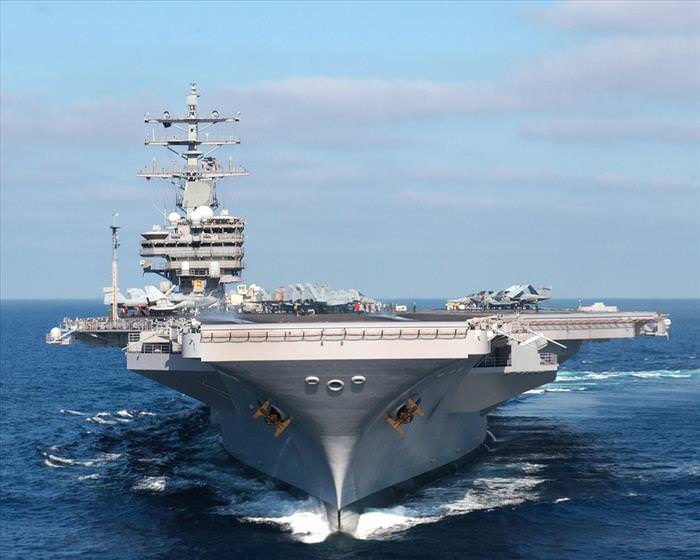 |
|
| The USS Ronald Reagen | |
Balloon Carriers
The aircraft carrier’s humble beginning dates back to the 19th century, where floating barges were used to anchor hot air balloons for observation purposes. In 1849, the Austrian navy used hot air balloons in a failed attempt to drop bombs on the city of Venice. During the American Civil War, the United States used gas-filled balloons for long-distance observation of Confederate forces. The Age of the Fixed WingThe first fixed-wing airplane became a reality in 1903, but it took only eight years for the French Navy to construct a seaplane carrier, though planes would not launch from the surface of the ship itself and instead were lowered to the water and allowed to take off. On January 18th, 1911, Eugene Ely became the first person to land and take off from a stationary ship. In 1918, the British Navy converted the HMS Argus into the first flat-topped aircraft carrier. |
|
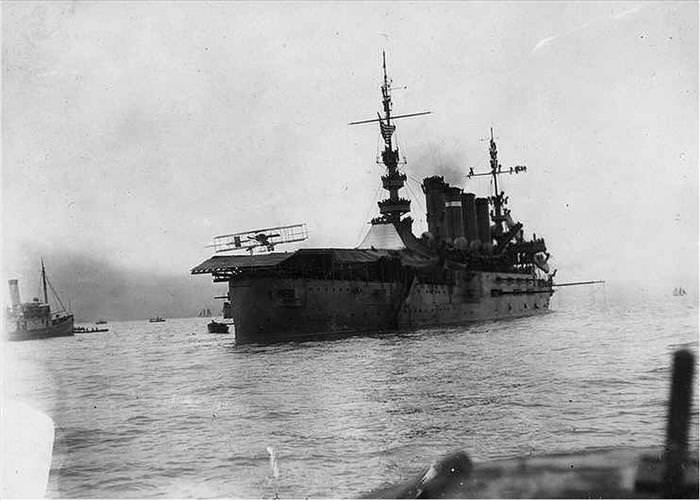 |
|
| The USS Pennsylvania | |
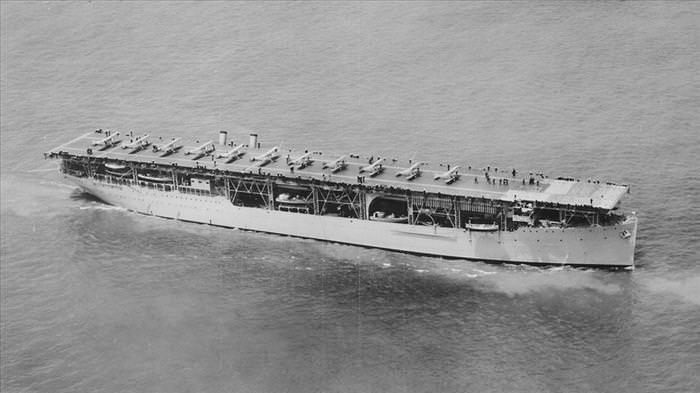 |
|
| The USS Langley | |
 |
|
| The HMS Argus | |
Post WWIBy the mid 1920s, several navies around the world commissioned the construction of flat-deck aircraft carriers. These ships were usually created using existing ships that were modified to fulfill their new roles. During the Second World War, these ships became the backbone of the U.S., British, and Japanese navies, and they played a significant role in battle. |
|
 |
|
| The USS Saratoga | |
WWIITowards the end of WWII, the emergence of jet-powered airplanes prompted significant changes to the design of the aircraft carrier, introducing an angled landing strip (9° off of the carrier’s main axis), allowing for safer landings – if a pilot were to land too fast and miss the arrestor cables (which were used to slow landing planes), they just need to increase speed and take off once more, without risking the rest of the ship. Another improvement was the introduction of the steam-powered catapults, which are used in modern carriers to launch planes at high velocity. |
|
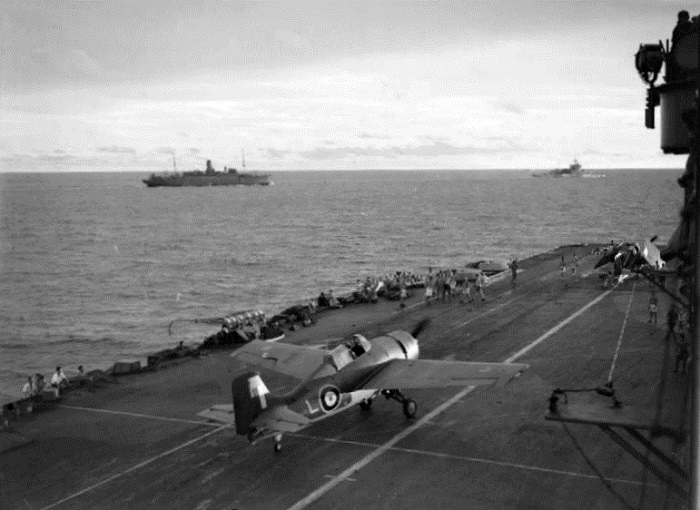 |
|
| Flight deck of the HMS Formidable | |
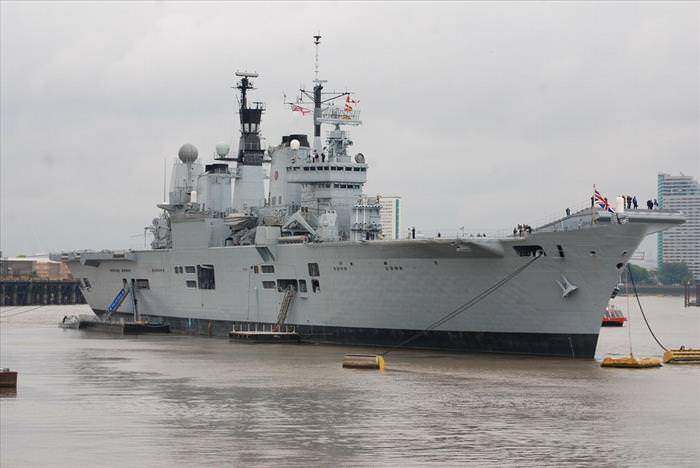 |
|
| The HMS Illustrious | |
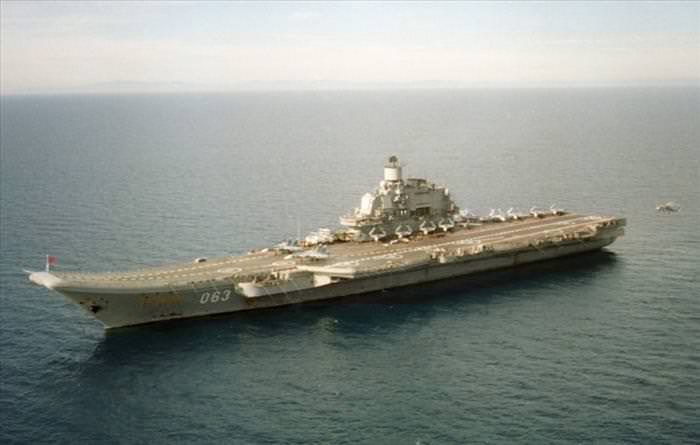 |
|
| Russian aircraft carrier Admiral Kuznetsov | |
|
1950s - Present The 1950s and 60s ushered in the nuclear age, as well as the invention of the helicopter, and both these innovations brought a new era in aircraft carrier design. Nuclear reactors were installed in the new USS Enterprise aircraft carrier, allowing it to operate for significantly longer periods, while helicopter carriers were built as smaller support carriers, thanks to the lack of need for a landing strip. During this time, the British Navy came up with an ingenious way to construct smaller carriers by incorporating ramps, thus shortening the distance needed to launch the airplanes. |
|
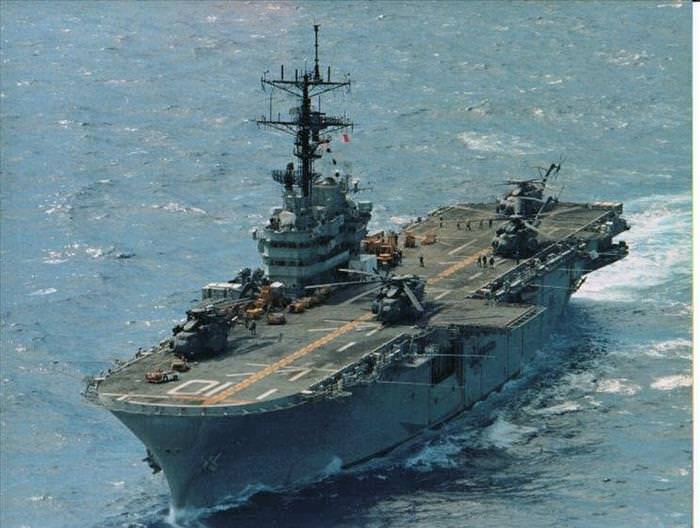 |
|
| The USS Tripoli helicopter carrier | |
|
Through the second half of the 20th century, the aircraft carrier became a symbol of naval might, and many were constructed by different countries. They were used by the U.S. during the wars in Korea and Vietnam, and later on during the Gulf War. Throughout South East Asia, former colonies used them in various conflicts, including the Indo-Pakistan war, and even during the British-Argentine Falkland War. |
|
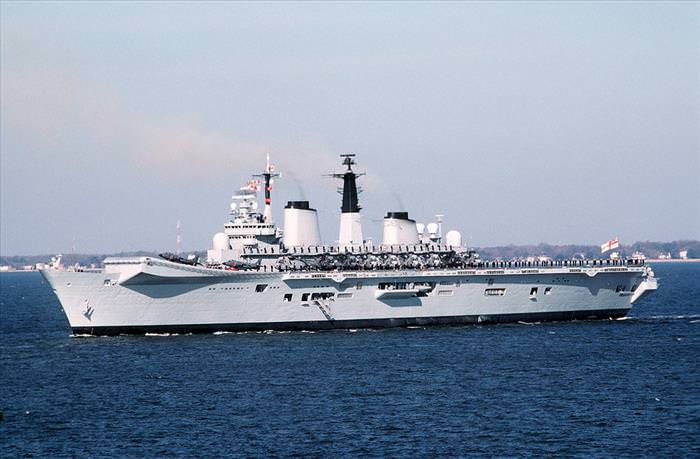 |
|
| The HMS Invincible | |
|
At present, various countries still operate aircraft carriers (yet most use smaller helicopter carriers due to high operation costs): |
|
|
|
|
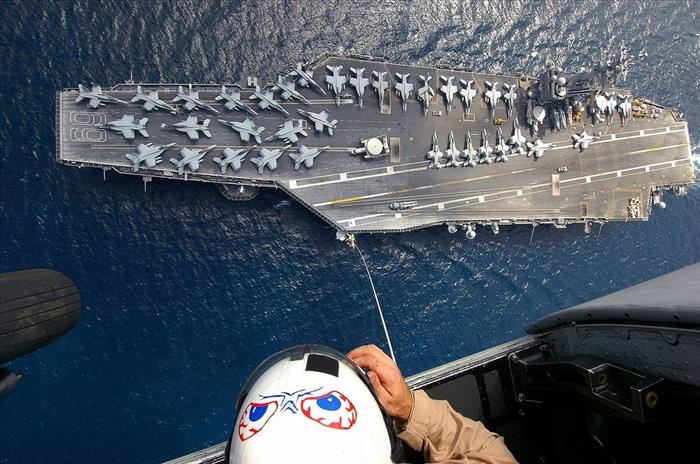 The USS Dweight D. Eisenhower |
|
|
|
|
|
World navies carrier chart: |
|
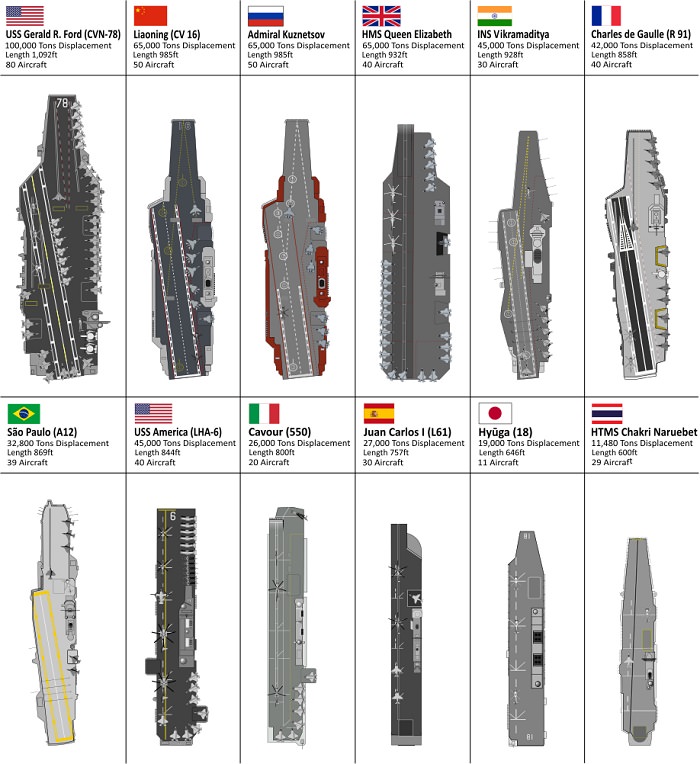 |
|
| Source | |
|
These days, the United States is the only country in the world to operate “Supercarriers”, which are the largest aircraft carriers in existence. All 10 supercarriers are “Nimitz” class carriers, some of which entered service in the late 1970’s, with the latest addition joining in 2009. Future plans include two Gerald R. Ford class supercarriers, while the UK is also constructing a couple of Queen Elizabeth class supercarriers. The American supercarriers will introduce a new type of catapult – an electromagnetic launch system, which uses magnets instead of steam to accelerate planes off the deck. These new supercarriers will also utilize the newest in RADAR technology, advanced countermeasures, unmanned drones, and more. Currently, the project is valued at $12.8 billion, and the first vessel is expected to enter service by 2017. |
|
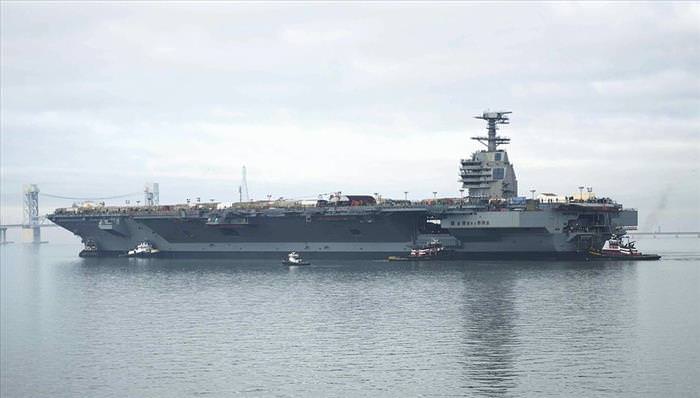 |
|
| The USS Gerald R. Ford supercarrier under construction | |